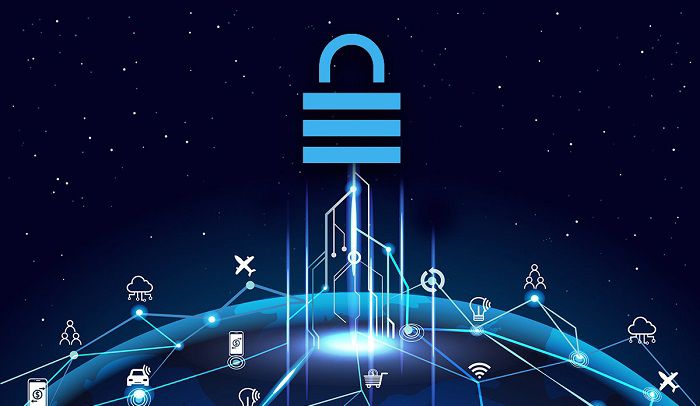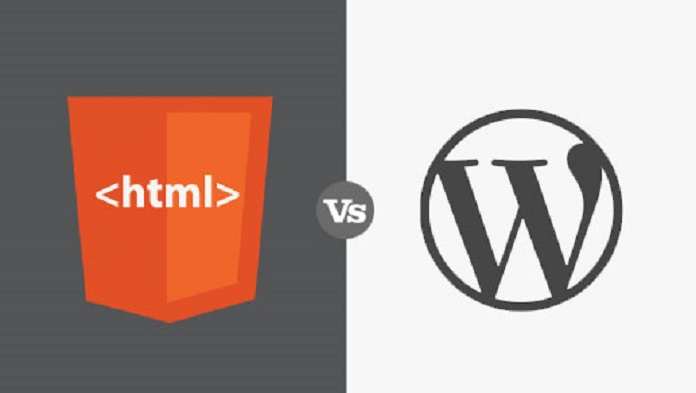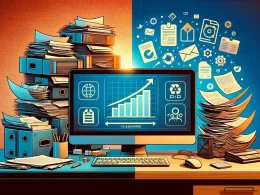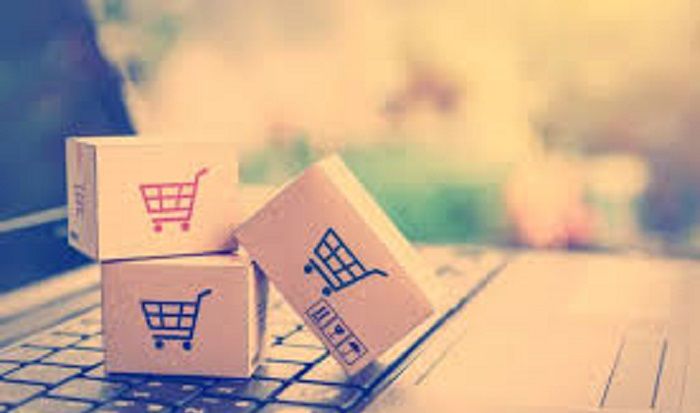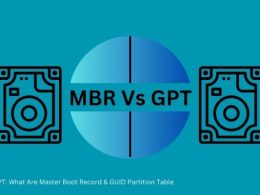Table of Contents Show
Constant technological progress brings new trends to our lives every year. However, the Internet of Things remains one of the most prominent fiends in It sector. Global connectivity grants improved cooperation between devices and increased productivity. In this post, we’ll discuss the strengths and risks that IoT brings to businesses.
What is IoT?
The Internet of Things is a system of connected computing devices, mechanical and digital machines that can autonomously transfer the data over a network. In plain language, IoT connects devices and transmits the data between them. This data can be used for your business purposes.
Let’s get acquainted with each node of the IoT network.
Sensors
Before sharing the data, you have to gather it. Data collection is the primary aim of IoT sensors. They collect the information and then transmit it to a recipient device.
The example isn’t far to seek. Agricultural sensors measure the soil moisture level and pass this data to automatic sprinklers. If a moisture level is lower than a predefined value, the irrigation device begins watering. Such a simple network reduces the amount of routine work for farmers.
Connectivity
In most cases, communication between devices is possible due to a wireless connection. The majority of IoT devices use the following connection methods:
- WI-Fi
- Bluetooth
- Cellular networks
With these means of connection, you can share the data on middle and long-range distances. If you’re aiming at a smaller connectivity range, you can use:
- NFC
- RFID protocols
Analytics
IoT sensors gather loads of information throughout the day. Without analysis, this data becomes a bunch of useless files. However, if you’re able to separate non-helpful information from valuable clusters of data, you may find useful business intelligence.
How IoT Influences Businesses?
As we’ve cleared out the basics, it’s high time to figure out the benefits of IoT for businesses.
Apart from internal use cases in companies, IoT can be used for public relations and marketing purposes. Let’s consider a retail use case. Retail owners can place beacons across their shops. These radio transmitters can detect users’ location and store the information to a database. Then, analysts can understand where customers spend most of their time and what products are popular among clients. This data can be used for managing goods inside the store and displaying the ones that attract the most attention first.
Now, let’s go through internal IoT business opportunities. The main objective of IoT is automating various processes. Let’s realize what fields can benefit from automation.
IoT Benefits to Various Businesses
Entrepreneurs from various fields can use the advantage of IoT for their own purposes.
Healthcare
With the help of wearable devices, physicians can monitor the patient’s health condition remotely. Low-level devices like fitness trackers and smart scales provide doctors with basic information like heart rate and weight. In combination with advanced devices like stress-level detectors and oxygen saturation meters, doctors get a precise picture of the patient’s condition. The main objective of IoT in healthcare is to take the load off physicians and reduce the amount of repetitive work.
Industrial Business
With the help of IoT sensors, managers can inspect and maintain industrial gear. Sensors gather information about equipment efficiency, while algorithms display detailed statistics based on the received information. This use case allows workers to spend less time on maintaining gear and find issues faster.
Agriculture
Agricultural IoT devices are a great solution for tasks in hard-to-reach areas and handling large squares faster than a human worker. With the help of drones, farmers fertilize the soil. Modern models can carry up to 600 pounds, so they’re a good fit for this task. Even though drones can fly autonomously, they still need a human supervisor that will control the process.
John Deere is one of the most famous companies that use IoT in agriculture. The company created sensors that control the seed planting process. For now, John Deere has the most advanced IoT solutions in this field.
Education
As in a retail use case, education establishments can also make use of beacons. A custom map with the location of every auditory will guide students through the building. Beacons will track their position right inside the school.
Moreover, RFID tags can keep records of school attendance automatically. Whenever a student enters the class, the RFID tag gets the student’s ID and sends the data to the database. With more advanced software, teachers can keep a record of students’ grades, strengths, and weaknesses.
Wrapping Up
To sum up, you can see that IoT has unlimited capabilities and can improve any business. The Global connectivity of devices removes people from dangerous and routine workplaces and allows you to allocate workers to other tasks. However, to create an efficient IoT network you have to conduct research and find a dedicated team of developers.
Author’s bio
Maria Diachenko is a tech writer at Cleveroad. It’s a web and mobile app development company in Ukraine. Maria enjoys making how-to tech guides, describing programming trends and IoT innovations.






